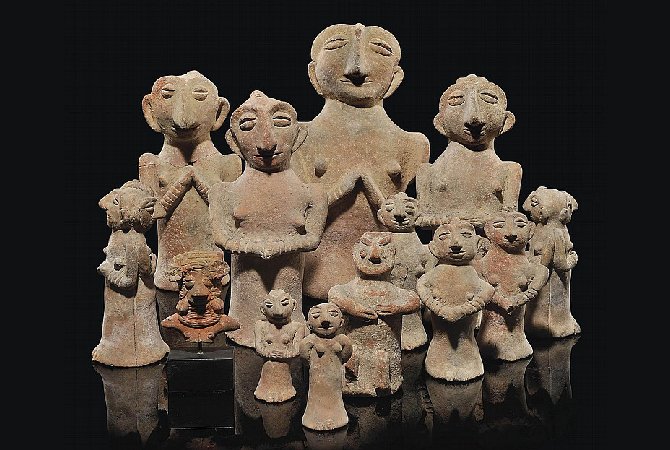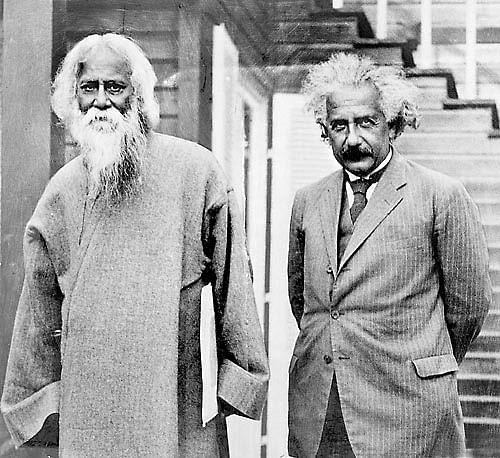
India bleeds of creativity! From dance.music,movies,to Art ,our country is rich in cultural heritage and home to numerous forms of art. On #WorldArtDay presenting 64 art forms of India
The mastery of as many of the 64 traditional arts. believed that Krishna possesses these #arts
The mastery of as many of the 64 traditional arts. believed that Krishna possesses these #arts

1. Geet vidya: art of singing.
2. Vadya vidya: art of playing on musical instruments.
3. Nritya vidya: art of dancing.
4. Natya vidya: art of theatricals.
5. Alekhya vidya: art of painting.
6. Viseshakacchedya vidya: art of painting the face and body with color
2. Vadya vidya: art of playing on musical instruments.
3. Nritya vidya: art of dancing.
4. Natya vidya: art of theatricals.
5. Alekhya vidya: art of painting.
6. Viseshakacchedya vidya: art of painting the face and body with color

7. Tandulakusumabalivikara: art of preparing offerings from rice and flowers.
8. Pushpastarana: art of making a covering of flowers for a bed.
9. Dasanavasanangaraga: art of applying preparations for cleansing the teeth, cloths and painting the body.
8. Pushpastarana: art of making a covering of flowers for a bed.
9. Dasanavasanangaraga: art of applying preparations for cleansing the teeth, cloths and painting the body.

10. Manibhumikakarma: art of making the groundwork of jewels.
11. Aayyaracana: art of covering the bed.
12. Udakavadya: art of playing on music in water.
13. Udakaghata: art of splashing with water.
14. Citrayoga: art of practically applying an admixture of colors.
11. Aayyaracana: art of covering the bed.
12. Udakavadya: art of playing on music in water.
13. Udakaghata: art of splashing with water.
14. Citrayoga: art of practically applying an admixture of colors.

15. Malyagrathanavikalpa: art of designing a preparation of wreaths.
16. Sekharapidayojana: art of practically setting the coronet on the head.
17. Nepathyayoga: art of practically dressing in the tiring room.
18. Karnapatrabhanga: art of decorating the tragus of the ear.
16. Sekharapidayojana: art of practically setting the coronet on the head.
17. Nepathyayoga: art of practically dressing in the tiring room.
18. Karnapatrabhanga: art of decorating the tragus of the ear.

19. Sugandhayukti: art of practical application of aromatics.
20. Bhushanayojana: art of applying or setting ornaments.
21. Aindrajala: art of juggling.
22. Kaucumara: a kind of art.
23. Hastalaghava: art of sleight of hand.
20. Bhushanayojana: art of applying or setting ornaments.
21. Aindrajala: art of juggling.
22. Kaucumara: a kind of art.
23. Hastalaghava: art of sleight of hand.

24. Citrasakapupabhakshyavikarakriya: art of preparing varieties of delicious food.
25. Panakarasaragasavayojana: art of practically preparing palatable drinks and tinging draughts with red color.
26. Sucivayakarma: art of needleworks and weaving.
25. Panakarasaragasavayojana: art of practically preparing palatable drinks and tinging draughts with red color.
26. Sucivayakarma: art of needleworks and weaving.

27. Sutrakrida: art of playing with thread.
28. Vinadamurakavadya: art of playing on lute and small drum.
29. Prahelika: art of making and solving riddles.
30. Durvacakayoga: art of practicing language difficult to be answered by others.
28. Vinadamurakavadya: art of playing on lute and small drum.
29. Prahelika: art of making and solving riddles.
30. Durvacakayoga: art of practicing language difficult to be answered by others.

31. Pustakavacana: art of reciting books.
32. Natikakhyayikadarsana: art of enacting short plays and anecdotes.
33. Kavyasamasyapurana: art of solving enigmatic verses.
34. Pattikavetrabanavikalpa: art of designing preparation of shield, cane and arrows.
32. Natikakhyayikadarsana: art of enacting short plays and anecdotes.
33. Kavyasamasyapurana: art of solving enigmatic verses.
34. Pattikavetrabanavikalpa: art of designing preparation of shield, cane and arrows.

35. Tarkukarma: art of spinning by spindle.
36. Takshana: art of carpentry.
37. Vastuvidya: art of engineering.
38. Raupyaratnapariksha: art of testing silver and jewels.
39. Dhatuvada: art of metallurgy.
40. Maniraga jnana: art of tinging jewels.
#Worldartday
36. Takshana: art of carpentry.
37. Vastuvidya: art of engineering.
38. Raupyaratnapariksha: art of testing silver and jewels.
39. Dhatuvada: art of metallurgy.
40. Maniraga jnana: art of tinging jewels.
#Worldartday

41. Akara jnana: art of mineralogy.
42. Vrikshayurvedayoga: art of practicing medicine or medical treatment, by herbs.
43. Meshakukkutalavakayuddhavidhi: art of knowing the mode of fighting of lambs, cocks and birds.
#Worldartday
#Worldartday2021
42. Vrikshayurvedayoga: art of practicing medicine or medical treatment, by herbs.
43. Meshakukkutalavakayuddhavidhi: art of knowing the mode of fighting of lambs, cocks and birds.
#Worldartday
#Worldartday2021

44. Sukasarikapralapana: art of maintaining or knowing conversation between male and
female cockatoos.
45. Utsadana: art of healing or cleaning a person with perfumes.
46. Kesamarjanakausala: art of combing hair.
47. Aksharamushtikakathana: art of talking with fingers.
female cockatoos.
45. Utsadana: art of healing or cleaning a person with perfumes.
46. Kesamarjanakausala: art of combing hair.
47. Aksharamushtikakathana: art of talking with fingers.

48. Dharanamatrika: art of the use of amulets.
49. Desabhashajnana: art of knowing provincial dialects.
50. Nirmitijnana: art of knowing prediction by heavenly voice.
51. Yantramatrika: art of mechanics
#Worldartday
#Worldartday2021
49. Desabhashajnana: art of knowing provincial dialects.
50. Nirmitijnana: art of knowing prediction by heavenly voice.
51. Yantramatrika: art of mechanics
#Worldartday
#Worldartday2021

52. Mlecchitakutarkavikalpa: art of fabricating barbarous or foreign sophistry.
53. Samvacya: art of conversation.
54. Manasi kavyakriya: art of composing verse
55. Kriyavikalpa: art of designing a literary work or a medical remedy.
#Worldartday
#Worldartday2021
53. Samvacya: art of conversation.
54. Manasi kavyakriya: art of composing verse
55. Kriyavikalpa: art of designing a literary work or a medical remedy.
#Worldartday
#Worldartday2021

56. Chalitakayoga: art of practicing as a builder of shrines called after him.
57. Abhidhanakoshacchandojnana: art of the use of lexicography and meters.
58. Vastragopana: art of concealment of cloths.
58. Vastragopana: art of concealment of clothes.
#Worldartday
57. Abhidhanakoshacchandojnana: art of the use of lexicography and meters.
58. Vastragopana: art of concealment of cloths.
58. Vastragopana: art of concealment of clothes.
#Worldartday

59. Dyutavisesha: art of knowing specific gambling.
60. Akarshakrida: art of playing with dice or magnet.
61. Balakakridanaka: art of using children’s toys.
62. Vainayiki vidya: art of enforcing discipline.
63. Vaijayiki vidya: art of gaining victory.
#Worldartday
60. Akarshakrida: art of playing with dice or magnet.
61. Balakakridanaka: art of using children’s toys.
62. Vainayiki vidya: art of enforcing discipline.
63. Vaijayiki vidya: art of gaining victory.
#Worldartday

• • •
Missing some Tweet in this thread? You can try to
force a refresh



















